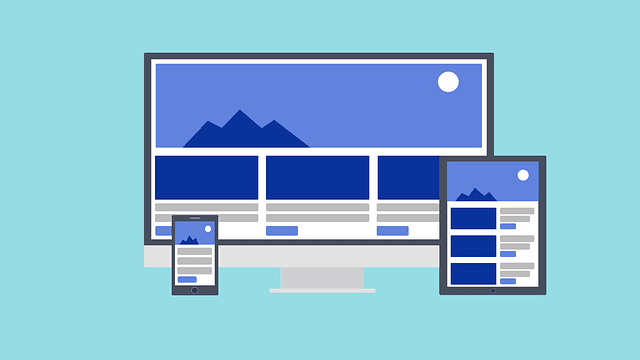
There are many things in life that we take for granted. For example, the air we breathe, the water we drink, and the food we eat. All of these things are essential to our survival, but we often don’t think about them until something goes wrong.
The same is true for the content on our websites. We often don’t think about it until something goes wrong, like when our website crashes, or our content disappears.
Strategic content implementation: The Guide
When it comes to website content, there are two main types: static and dynamic. Static content is what you typically think of when you think of website content – it’s the text, images, and other media that make up the majority of your site. It doesn’t change very often, if at all.
Dynamic content, on the other hand, is content that changes frequently. This could be anything from a blog post that’s updated daily to an eCommerce site that’s constantly adding new products.
The key to creating good website content is to strike a balance between static and dynamic content. Too much of either can make your site seem boring or overwhelming; respectively, a little bit is an ideal way to go.
What is Static Content?
Static content is the stuff that doesn’t change very often – usually just text and images. It’s the foundation of your site, and it should be well-written and accurate.
- One advantage of static content is that it’s easy to create and manage. Once you have the text and images in place, you don’t have to do much else.
- Another advantage is that static content is more likely to be accurate. Since it doesn’t change very often, there’s less chance for things to go wrong. This is important for things like your contact information or your company’s history.
What is Dynamic Content?
Dynamic content is the stuff that changes frequently – usually blog posts, news articles, and product listings. It’s the lifeblood of your site, and it should be well-written and interesting.
- One advantage of dynamic content is that it keeps your site fresh. If there’s always something new to read or watch, visitors will keep coming back. And if they keep coming back, they’re more likely to convert into customers or leads.
- Another advantage is that dynamic content is usually more engaging than static content. Since it’s constantly changing, it’s more likely to hold people’s attention. This is important for things like blog posts and video tutorials.
Here are a few tips for striking the right balance:
- Start with static content. This will give you a solid foundation to build on. Once you have the basics in place, you can add dynamic content as needed.
- Add dynamic content gradually. If you add too much all at once, it might be overwhelming for visitors. Start with one or two blog posts per week, and then increase the frequency as needed.
- Make sure your static content is well-written and accurate. This is the foundation of your site, so it’s important to get it right.
- Make sure your dynamic content is interesting and engaging. This is what will keep people coming back to your site, so it’s worth taking the time to create quality content.
- Use a mix of different types of content. In addition to text and images, you can also use video, audio, and interactive elements. This will help keep things interesting for visitors.
- Update your content regularly. If you don’t keep your site up-to-date, people might lose interest. Aim to update your static content at least once a year and your dynamic content at least once a week.
Endnote:
The ideal website content is created when you strike a balance between static and dynamic information. Too much of either can make your site appear dull or daunting, respectively.








